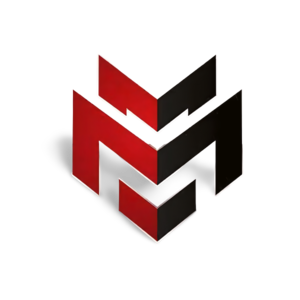 |
| Software architecture - Marwat Tech |
Software architecture - Marwat Tech
What will you learn.
- Familiarity with different levels of software engineering
- Establish the basic components of software engineering and their interactions
- Create great software
- Drafting a concept description of software architecture for further expansion
requirements
- All levels of programmers and budding systems engineers
An explanation
An architecture describes the process and structure of an entire project, defines how data flows through different parts of the project, and allows you to improve and scale the project in the future.
Good architects are often people who learn from better architects. This is probably because almost all projects have some conceptual requirements. Each conceptual requirement is formulated as a question to be asked of the architect during the project. Of course, some systems may have their own additional conceptual requirements.
We will learn about the types of software architecture. We will be able to build our own simple software. We will be able to use and extend the software architecture. Consequently, this course is useful not only for architects or those who intend to become one. and technical leaders of the development group, developers and testers at various levels.
In the first part I describe the main objective of the course. In the second part you will learn about the types of software architecture. In the third part you can create your own simple software architecture. In the fourth part you can use and expand the structure of the program. The fifth part deals with the nuances of software engineering. The six sections help you understand which part of the course is most useful to you.
Course Topics and Structure:
- Introduction
- Familiarity with software engineering.
- Introduction
- Principles of Software Engineering
- Materials of Architecture.
- Static structure diagram
- Dynamic Charts.
- Conclusion
- Create a software architecture.
- Introduction
- How to start software engineering
- An interface and what it should be defined.
- Interaction of components and objects.
- Database. Content, objects and interactions.
- Dynamic charts, how to make them and why you need them
- Conclusion
- Support and use of software engineering.
- Introduction
- What to do after software engineering is built
- Useful information for programmers about software engineering.
- Software Engineering Support.
- Expansion of Program Structure.
- Conclusion
- Software Engineering. next step
- Introduction
- Summary of main structure.
- The impact of software engineering on the future life of software.
- Software engineering is not a profession but a profession.
- Twelve defects of construction.
- Results.
- Results and outcomes of the session. Summary of the above.
Who is this course for:
A course for professionals who want to expand their knowledge of software engineering.
Here is the Udemy full Paid Promo Link
https://www.udemy.com/course/software-architecture-it-bulls/
if your missing the promo then Join Community to get early access
Once you Subscribe the Channel then you will get promo link
"
Once you Subscribe the Channel then you will get promo link
"
you can join over whats app group and Telegram Channel -> FREE COURSES 2022
Telegram Channel


Full Paid Promo